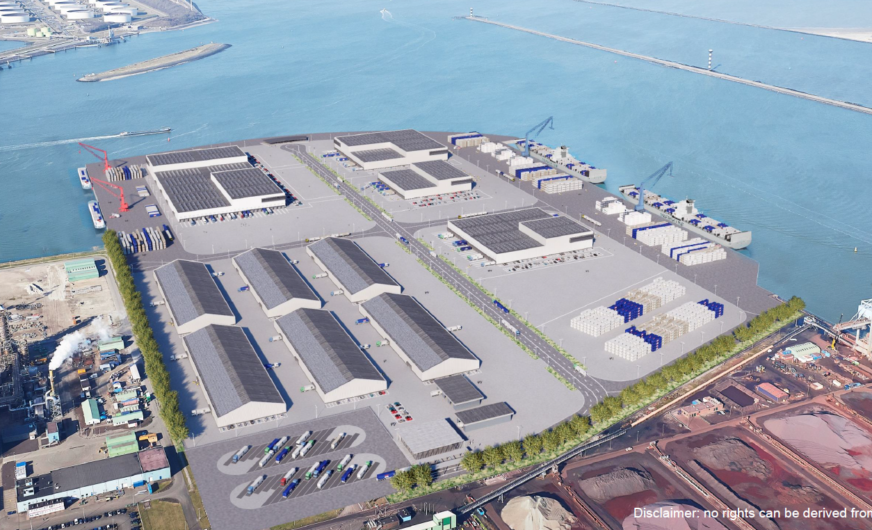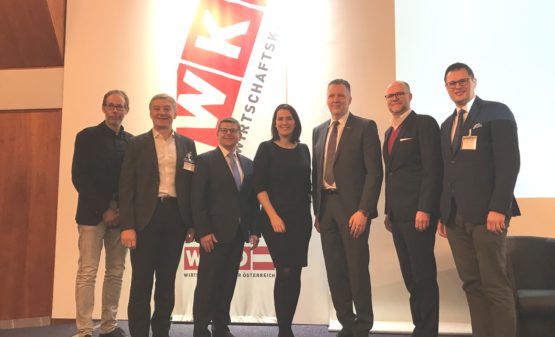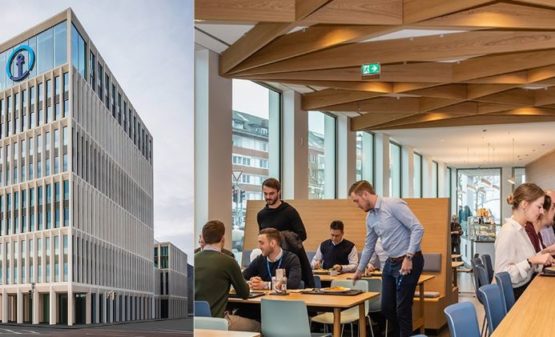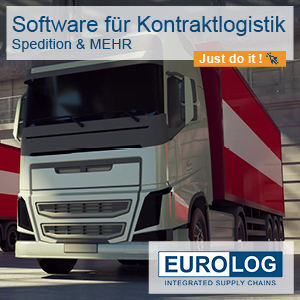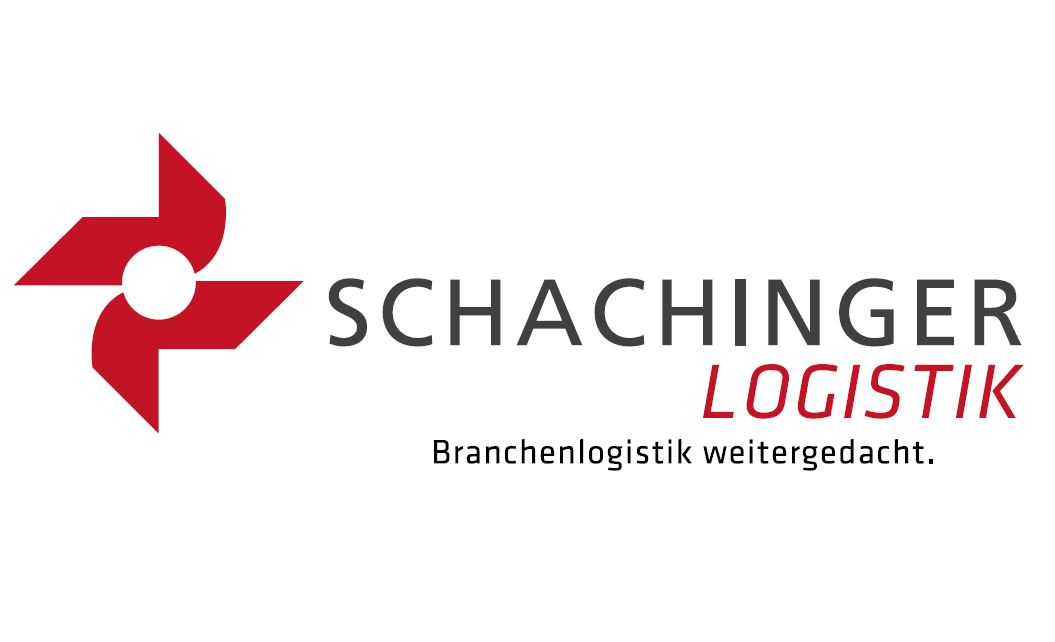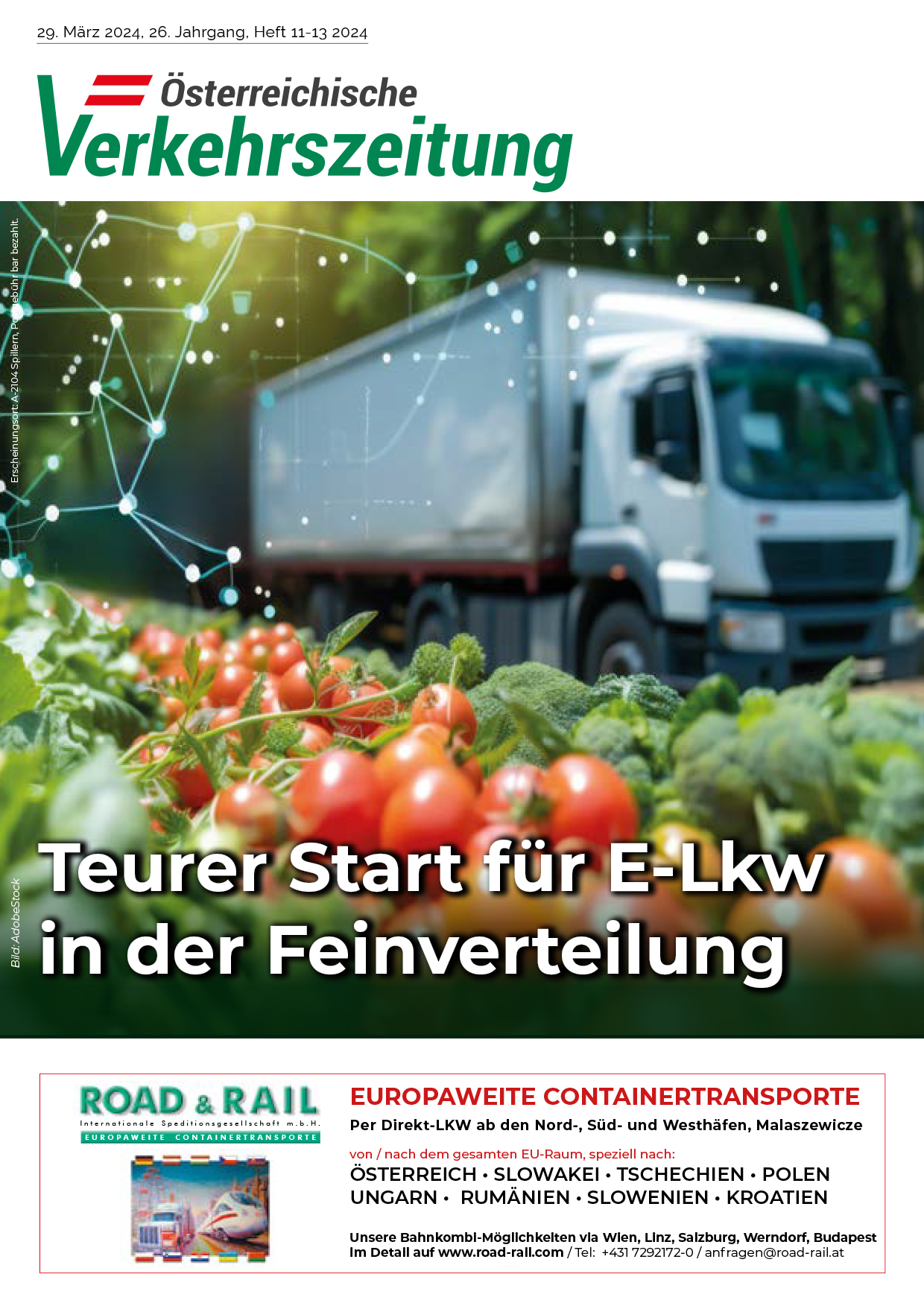Rotterdam is expanding its position as Western Europe’s biggest transit port for agricultural, horticultural and fishery sector products. Part of this strategy is the establishment of the ‘Rotterdam Food Hub’ at Calandkanaal, at the entrance to Maasvlakte.
Population growth and increasing prosperity, particularly in emerging economies, have resulted in ‘agrofood’ becoming a growth market. After the United States, the Netherlands is the world’s largest agriculture exporter. Almost EUR 92 billion was traded in 2017, which is one of the reasons why the Port of Rotterdam, with its 16 million tonnes of throughput per year, is market leader in Western Europe.
“We aim to further accommodate our client’s growth in agrofood,” explaines Emile Hoogsteden, Director of Containers, Breakbulk & Logistics at the Port of Rotterdam Authority. The ‘Rotterdam Food Hub’ will offer excellent opportunities for this: not only are Maasvlakte’s large deep-sea container terminals just a stone’s throw away, but the industrial site will also have access to multiple berths for sea-going vessels especially equipped for refrigerated cargo.
Berths for inland vessels will also be available and warehouses will be located immediately adjacent to the quays to enable refrigerated and frozen cargo to be stored, processed or transported quickly. “In agrofood, we work with perishable goods, so speed is crucial,” states Emile Hoogsteden.
Another advantage of the ‘Rotterdam Food Hub’ is that various shared facilities can be used on the site. For instance, quays and services for transport, storage, access control and customs can be shared efficiently. Emile Hoogsteden: “The ‘Rotterdam Food Hub’ forms a fantastic and extremely welcome addition to the agrofood hotspots that already exist in the Port of Rotterdam, such as Cool Port and the large cold storage warehouses including at Maasvlakte and Eemhaven. Its location close to Greenports such as Barendrecht, Ridderkerk and Westland is, of course, also ideal.”
Of the 60 hectares, approximately 45 hectares are available for issue to companies, and land allocation discussions are already ongoing with candidates for some 35 hectares. The development of the site, which will be known as ‘Kop van de Beer’ (Head of the Bear), will start in July with construction work for the site’s first client. The first companies will be operational there by the end of 2020.
Rotterdam is by far the biggest agrofood import and export port in Western Europe. As far as imports are concerned, the top 3 are successively citrus fruits, bananas and grapes. A lot of fruit juices also find their way to the consumer via Rotterdam. Vegetables, onions and potatoes are the biggest exports, followed by pork, poultry products, cheese, outdoor plants and herring.
The country to which most agrofoods are exported from Rotterdam is China, while most imported products come from South Africa, Brazil and Costa Rica.


